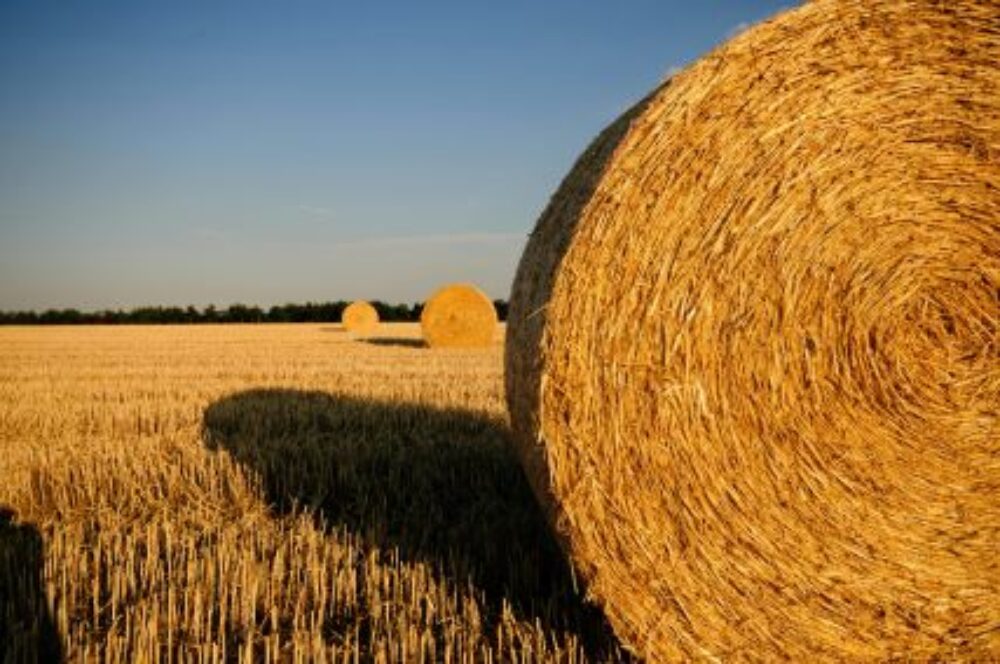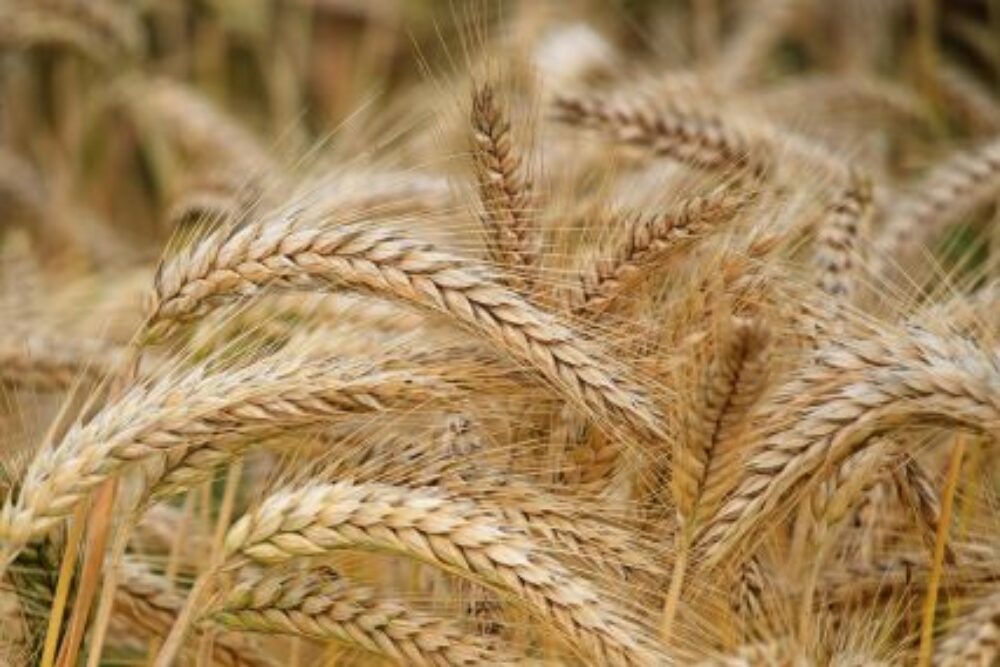Landscape
Cellulosic material from agricultural waste
Client overview
The client was a global FMCG manufacturer with a wide range of products and brands in their portfolio. Cellulosic material was used in many of their products and as part of their sustainability efforts, the client wanted to explore the potential of replacing their existing cellulose source with alternative cellulose material gathered from agricultural waste streams. Agricultural by-products are being generated abundantly in the world and the client was keen to understand the potential of accessing and converting these by-products into useful cellulosic materials. Strategic Allies Ltd (SAL) were tasked with performing a landscape to identify and appraise possible agricultural waste streams that offer potential to the client’s application while gaining an understanding of the types of potential partners that the client could work with.


The search
A two-phase search approach was adopted. In Phase 1, SAL carried out secondary research using publicly available sources (e.g. market reports, company websites, scientific journals, news articles, etc.) to identify the types of agricultural wastes that were produced in the 12 key geographies of interest. These included crop residues sourced from various plants during harvest (e.g. wheat straw, corn stover, sugarcane bagasse, etc.), or food processing waste (e.g. fruit peels, pulps, etc.). These were then assessed against a set of criteria (i.e. cellulose and lignin composition, moisture content, availability in the countries of interest, accessibility of supply chain, commercial viability, etc.), providing the client with a shortlist of materials that best met their needs. In Phase 2, SAL interviewed subject matter experts, crop residue suppliers and cellulosic material producers to validate research conducted in Phase 1 while gaining further understanding of the challenges and opportunities for valorising agricultural waste. All findings, including SAL’s recommendations on next steps were presented in a report.
“… have a full picture”
“Thank you very much, brilliant work”
Outcome
SAL investigated and presented 20 agricultural waste products that could be used as a source of cellulose – these were evaluated according to their relative abundancies and ease of access in different geographies.
A full report as well as an executive summary were produced – these provided the client with insights which were then presented to and used by their board members to make informed decisions about their commercial strategy.